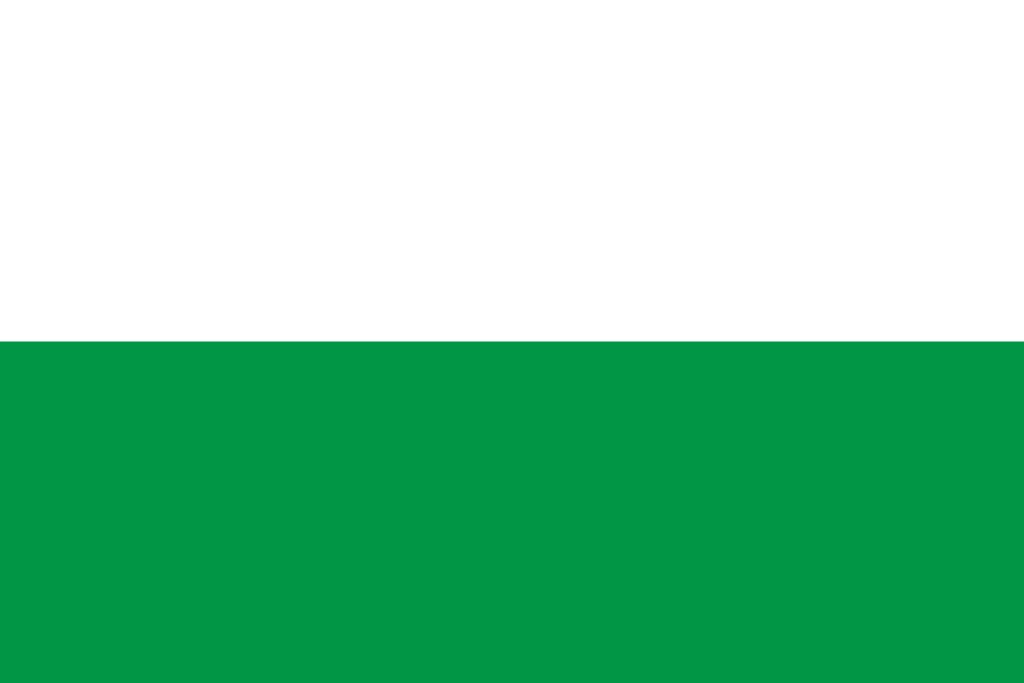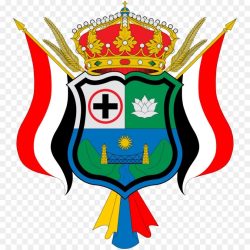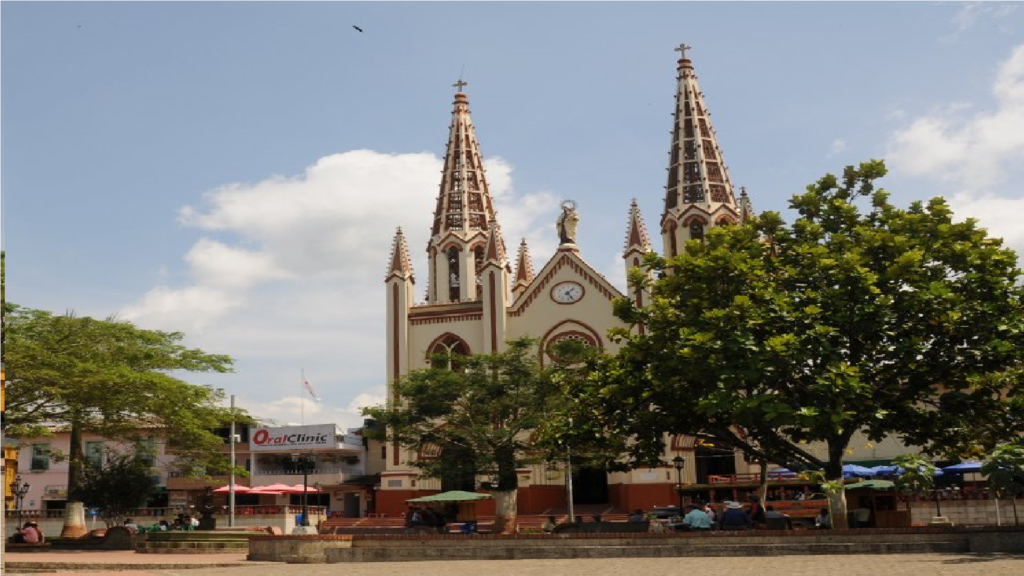FRONTINO
Department
Antioquia, Colombia

Flag of the city
The colors on the flag, yellow and green, symbolize various aspects of the region. Yellow and green are often associated with natural resources, agriculture, or other elements significant to the local environment.

Seal of the city

Slogan of the city
Frontino does not have a specific slogan; however, the slogan of its department, Antioquia is “Liberty and Valour”
History

Frontino, founded on December 12, 1806, has a rich history marked by its evolution from a small hamlet established by Mr. Arias Guzmán to a thriving municipality. Originally settled in the same location it occupies today, Frontino attracted inhabitants from Sabanalarga, Cañasgordas, and Santa Fe de Antioquia in 1842. In 1850, Frontino gained parish district status, and by 1859, it had achieved municipality status. The construction of the first temple in 1883 marked an important milestone. The town expanded further in 1959 with the inauguration of the Frontino airfield. Frontino’s name is thought to originate from the word indicating white spots on the foreheads of animals or the shiny plaque atop Cerro Plataado. Some attribute it to the Páramo del Frontino, a vast mountainous mass in the Urrao district. Of these hypotheses, the one suggesting the presence of white spots is the most widely accepted. Throughout its history, Frontino has maintained its charm as a picturesque district with a substantial park and an impressive temple. Indigenous reservations in the area, home to the Emberá Catíos, serve as repositories of culture, where traditional crafts made from iraca and cane leaves are crafted and sold.
Geography of the city
Frontino, with a municipal area of 1,263 km², lies within the mountainous terrain of the Western Andes mountain range. It is divided into eight townships, encompassing fifty-seven villages, and thirteen neighborhoods in the urban area. The municipality, characterized by a warm climate, has a small population engaged in agriculture, cultivating crops like sugar cane, beans, and corn. Orographically, Frontino’s landscape is predominantly rugged, belonging to the Western Cordillera. The mountain ranges of Cárcamo, Nore, and Musinga emerge from Cerro Plateado, along with the range separating the basins of the Sucio and Murrí rivers. The Curbatá Mountain Range, delineating the boundaries with Dabeiba and Murindó, concludes at the “Cerrazón de Murrí.” Another significant feature is the chain of hills originating from Cerro Carauta. Hydrographically, Frontino is marked by two primary basins: the Sucio River and the Murrí River. The Herradura, receiving the El Cerro/Frontino river, and the Verde River, which in turn receives the Musinga river, contribute to the Sucio River. The Murrí River, formed by the confluence of the Chaquenodá and Jengamecodá rivers, receives the Pantanos river before flowing into the Atrato in the territory of Vigía del Fuerte. The region boasts over 40 rivers, ravines, and streams irrigating the Murrí valley.

Population
Total population: 20,739 inhabitants (2018)
Urban Population: 8,639
Rural Population: 12,100
One photo representative of the city

Etymology
The etymology of “Frontino” is fascinating, deriving from the light-colored rock outcrop of Cerro Plataado, which dominates the landscape. The term “frontino,” signifying the presence of a white spot or star on the foreheads of animals, adds a picturesque touch to the name, connecting it to the natural features of the region. This etymology reflects the interplay between language, geography, and local observations, contributing to the unique identity of Frontino.
What the city is known or famous for

Frontino is known for its rich agricultural practices, characterized by the cultivation of crops such as sugar cane, beans, and corn. The municipality’s warm climate, small population, and abundant flora and fauna contribute to its unique charm. Additionally, Frontino boasts a mountainous terrain, forming part of the Western Andes mountain range. The town’s notable landmarks include the Cerro Plataado, a light-colored rock outcrop that lends its name to the region, reflecting the connection between language and geography. The area’s hydrography is shaped by the Sucio and Murrí rivers, adding to Frontino’s natural beauty. The town is also recognized for its indigenous reservations, where the Emberá Catíos preserve their culture and create crafts from iraca and cane leaves. Overall, Frontino’s distinct landscape, agricultural practices, and cultural heritage contribute to its local fame.
